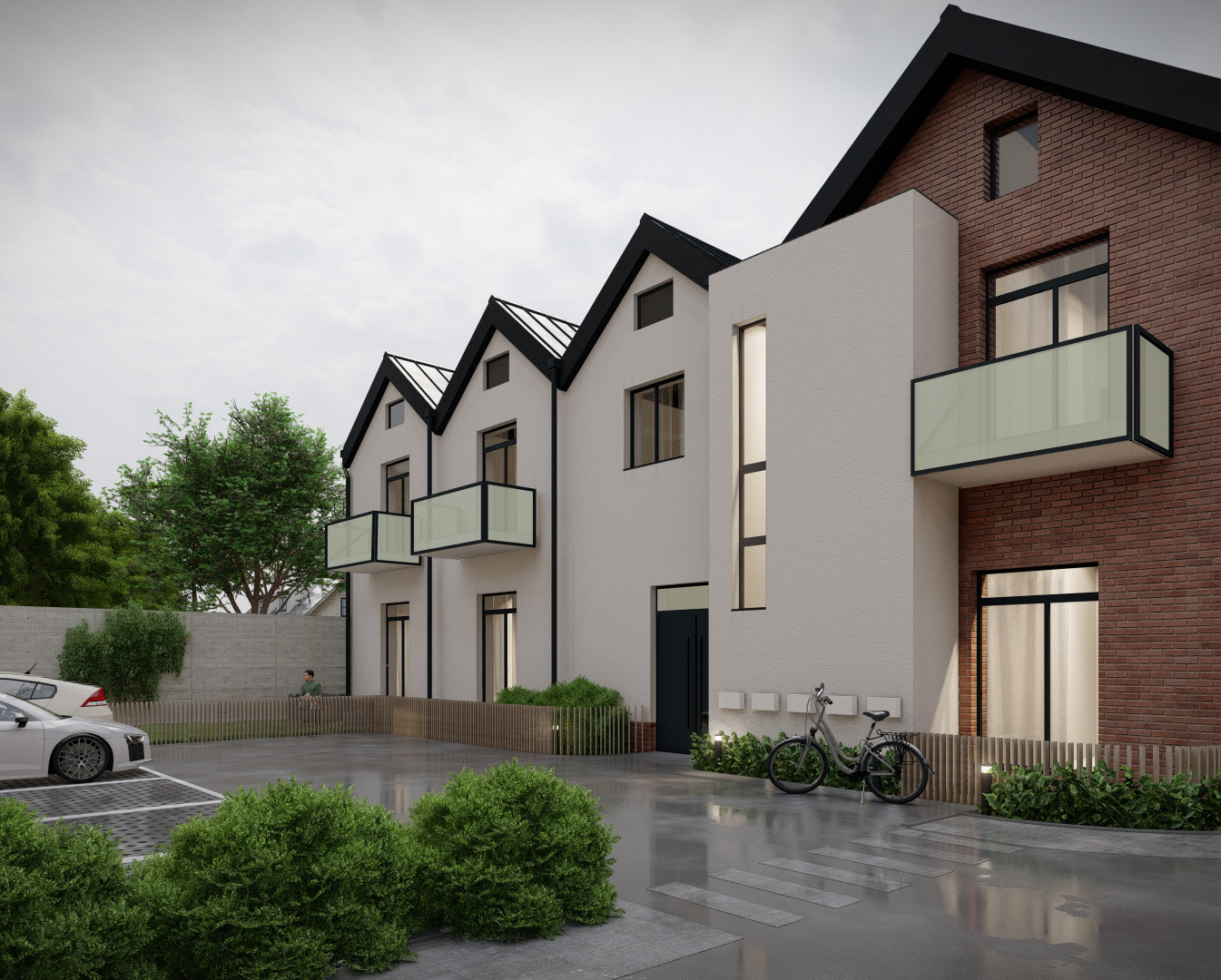4 min.

Editorial Invest in Slovakia

As of 2019, our team has analyzed hundreds of projects. Beyond the financial calculations, it's all about intent and execution, which must make sense. For the developer, investors, future owners, and the planet. There are a number of deciding factors as to whether a development project sets itself apart from the rest and reaches investors. Which projects make sense to support and which ones are better off? We answer based on our experience.
Developers encounter a number of problems when reconstructing historic buildings. However, this statement applies to the reconstruction of cultural monuments and large-scale redevelopment of original brownfields - a term often used by developers for construction in the so-called brown zone, i.e. on a site that was a built-up area before construction began. These are business of the rich and experienced.
On the other hand, small projects can be more economically viable and faster than new construction. The developer will take advantage of the existing space and its neglected potential. The prerequisite is creativity and responsible planning - the new plan must fit in with the original spaces and surroundings. Care must be taken to be aware of possible hidden complications such as damp, ground water or construction substandard to today's standards. If the developer can avoid these threats, the renovation offers significant benefits. We break them down below in the article.

Several world and Slovak cities are beautified by famous reconstructions of older buildings. The most famous are the commercial ones - the already mentioned brownfields, but besides that, cities today are full of abandoned buildings - old family houses, even apartment buildings, or smaller factories and other commercial spaces.
Their reconstruction, in addition to beautifying the environment, also brings solutions to common problems associated with older, not only residential buildings. These include pests, frequent leaks, waste accumulation and aesthetic as well as safety problems. In addition, it can save the owner a considerable amount of time, money and effort.
It will preserve the original style of the city's architecture, save the materials needed for construction from the ground up and the energy to produce it, and may qualify for subsidies or concessional financing associated with the restoration. For example, for private owners, the state currently offers a subsidy for the renovation of single-family homes. Other benefits include the administration associated with planning, the possible change of land to building land, etc.

As an example we can mention the project Martin Kukučín Residence in Zvolenfunded through our platform. A thorough inspection proved the original structure to be fully functional, so the owner concentrated on interior modification and exterior remodeling. This will create 5 modern and low-energy apartments on the property.
So far, a total of 632 investors have been involved in the project's 9 investment campaigns. Together they have financed more than 701 433 euros, with an average one-off investment of 1 115.86 euros. From the campaigns, they will achieve interest rates ranging from 10.9 % to 12.07 % p.a. (per annum) during the investment periods. How can the owner pay such high returns to investors? We have discussed this topic in the previous case study.

There is no ideal case in the construction industry where there are no delays due to labour shortages, logistics, administration or other complications. Therefore, an experienced builder always allows for a sufficient time cushion, which includes both anticipated delays and a time margin in advance.
Taktiež záleží od konkrétneho prípadu, v akom stave je pôvodná konštrukcia, ako veľmi sa nový zámer líši od súčasného stavu, s akými obmedzeniami musí vlastník počítať. Vo všeobecnosti, ak by zabrala novostavba projektu 18 mesiacov, pri rekonštrukcii možno počítať s obdobím okolo 14 mesiacov. Okrem toho, že šetríte čas tak šetríte aj peniaze, ktoré potom môžete použiť na nové zariadenie v podobe kuchynskej linky, postele na mieru či iného dôležitého vybavenia.
Instead of building a new meadow, the renovation will add greenery to the built-up area and meaningfully fill in the space previously developed with concrete. It should be mentioned here, however, that not all greenfield developments are bad. The population is growing, people need to live, and it is not just Slovaks who are short of thousands of homes. Some parts of the country are primarily intended for new construction. At Invest in Slovakia, we are looking for projects that will use this area wisely and ecologically - more on that in another case study coming soon.
But we make sure that this is not just an excuse. That's why of all the projects that reach our investors, only 20 % of them are new builds. In these, new developments must be carefully planned to use the space in a meaningful way, putting as little strain on the surrounding landscape and energy as possible. Water recycling, low energy consumption and the use of renewable resources are other indicators of a well thought out plan. The remaining 80 % projects in the portfolio belong to the consistent use of old spaces.
Replacing the old with the new could be the vision of the years to come. Every developer needs to calculate what new construction will cost versus renovation. At the same time, it has to take into account unforeseen circumstances. Either way, on a global scale, the idea of improving people's living space should be thought of with the idea of renovation and the creation of new places to live in.




